Effective Brush Cutting Timing Guide
Brush cuttings involve the removal of overgrown vegetation, shrubs, and dense brush to promote healthy growth and improve landscape appearance. Timing is crucial to ensure effective clearing and minimal regrowth. Proper scheduling can also prevent damage to desirable plants and reduce the need for repeated work.
Ideal for removing winter growth and preparing landscapes for the growing season. Early spring allows for healthy regrowth management.
Suitable for managing overgrowth during the peak growing season, especially before plants become too woody.
Effective for clearing dead or overgrown brush after the growing season ends, reducing winter hazards.
Best avoided in cold climates, but can be performed in milder regions to control invasive species and prepare for spring.
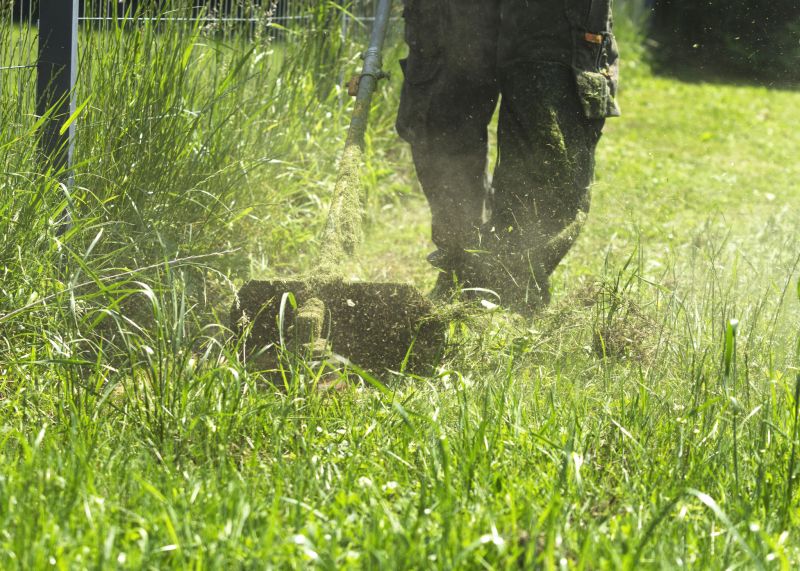
Early season clearing of overgrown brush.
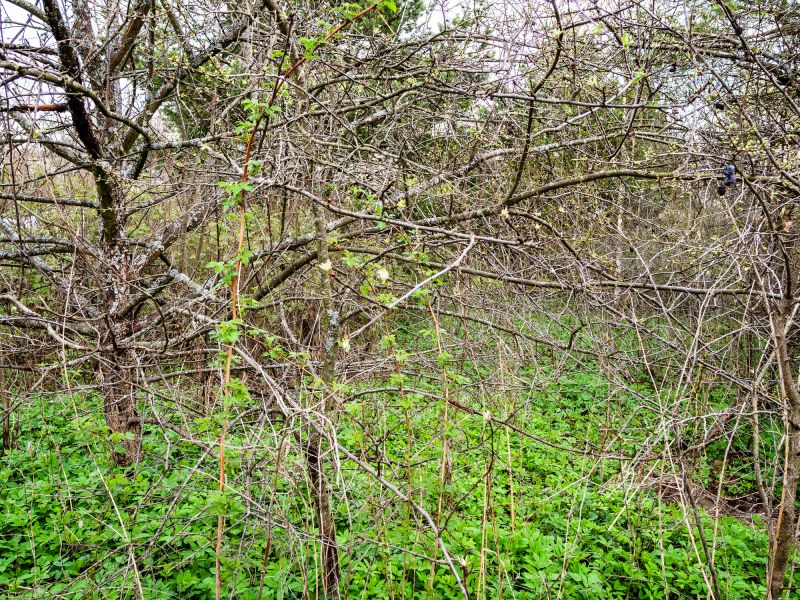
Controlling dense vegetation during peak growth.
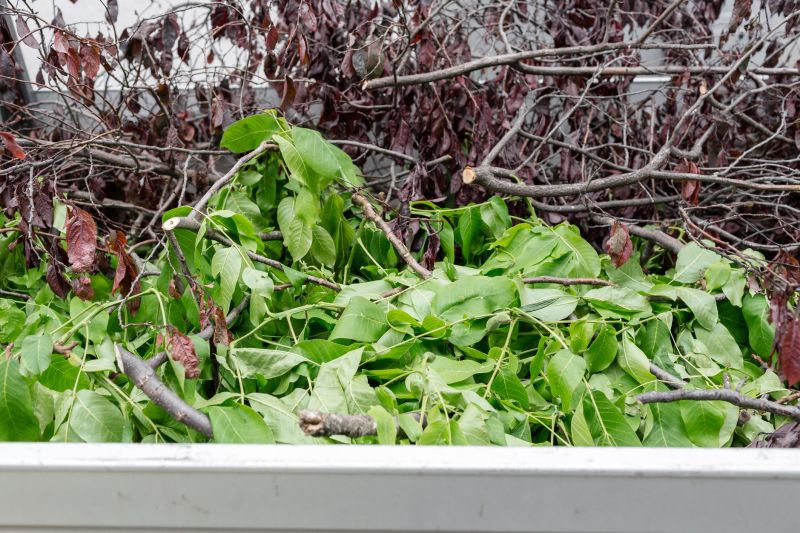
Removing dead brush after growing season.
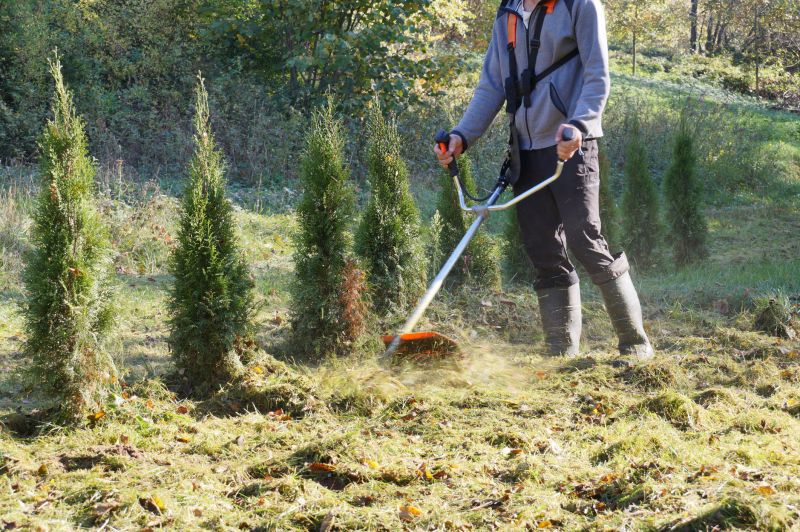
Managing invasive species in milder climates.

Before and after removal of dense shrubs.

Selective clearing for landscape health.

Preparing land for development or planting.
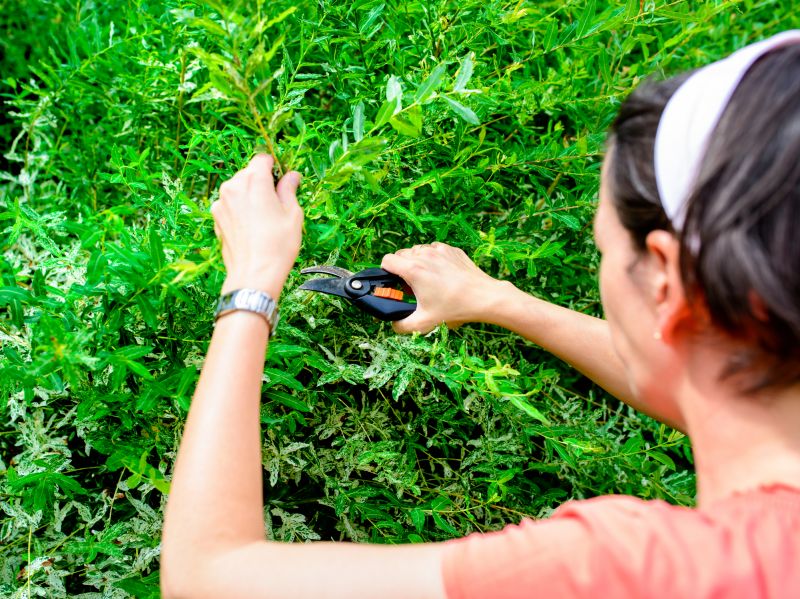
Controlling invasive plants through timely cuttings.
| Season | Best Practices |
|---|---|
| Spring | Remove winter growth early to encourage healthy spring development. |
| Summer | Manage overgrowth before woody plants become too mature. |
| Autumn | Clear dead or overgrown brush to reduce winter hazards. |
| Winter | Perform in milder climates to control invasive species. |
| General | Consider local climate and plant species for optimal timing. |

Tools used for effective vegetation removal.

Result of proper brush cutting practices.
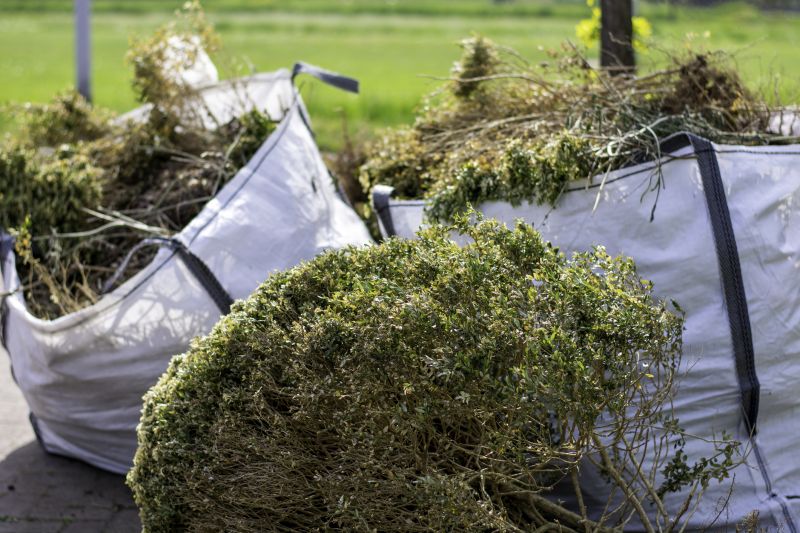
Dense brush prior to clearing.
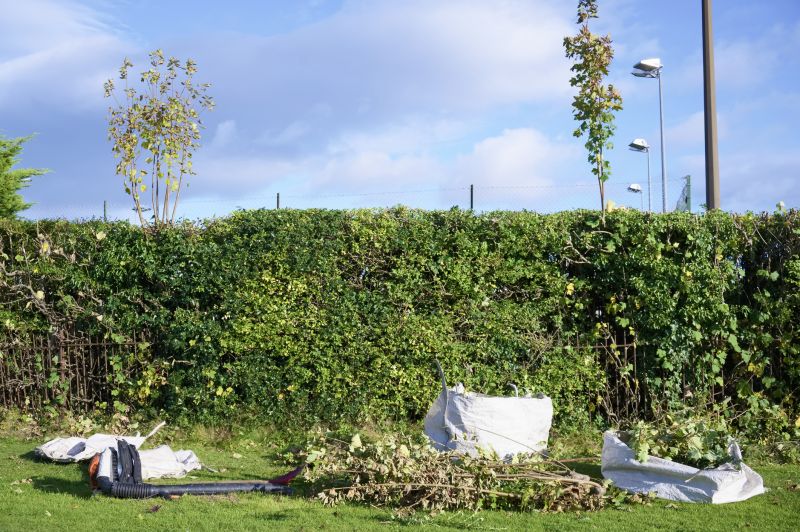
Cleaned and managed landscape.

Ways to make Brush Cuttings work in tight or awkward layouts.
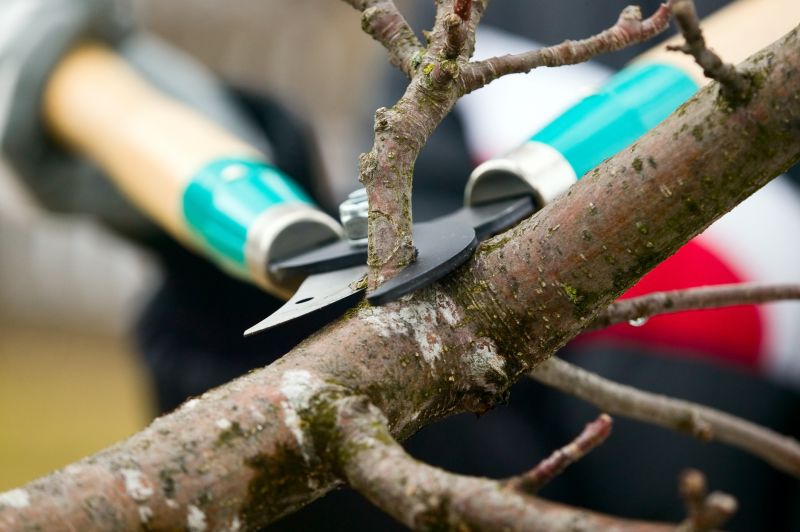
Popular materials for Brush Cuttings and why they hold up over time.

Simple add-ons that improve Brush Cuttings without blowing the budget.
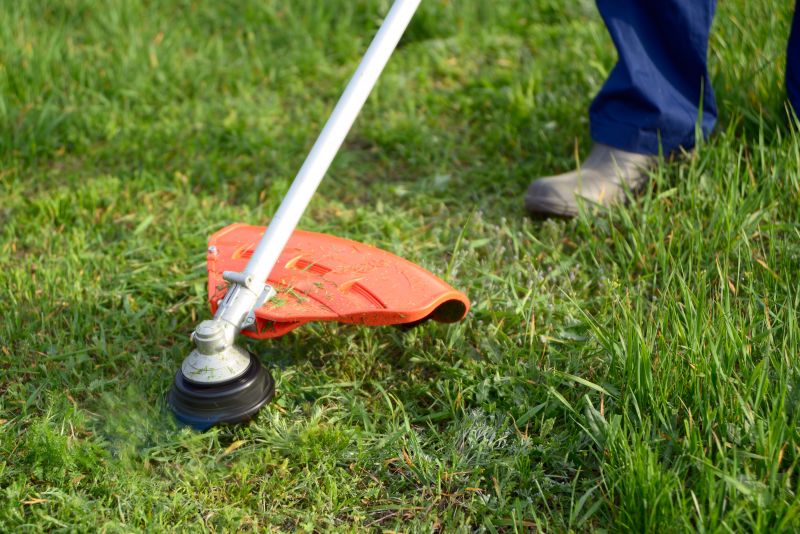
High-end options that actually feel worth it for Brush Cuttings.
Interested in managing overgrowth through brush cuttings? Filling out the contact form can provide additional information and assistance tailored to specific landscape needs.



